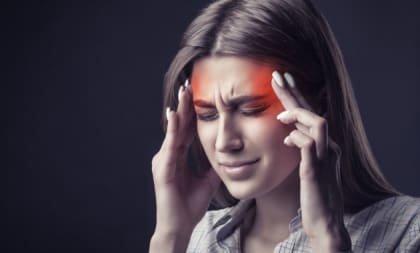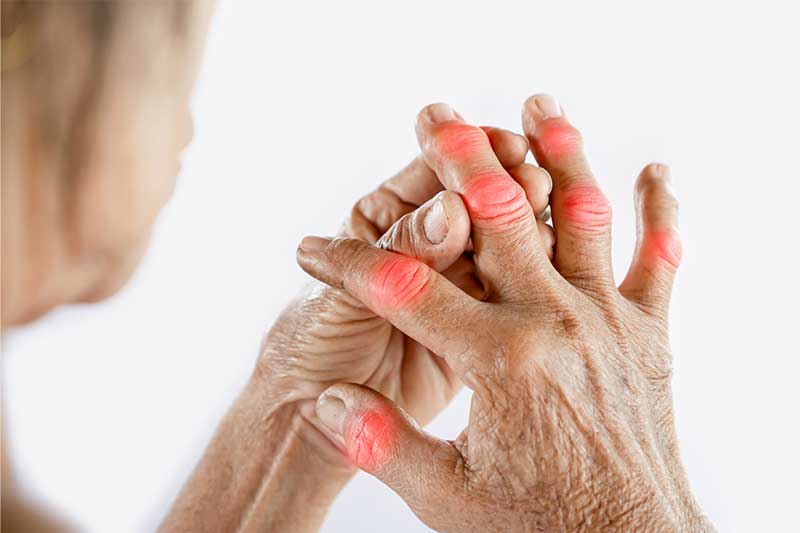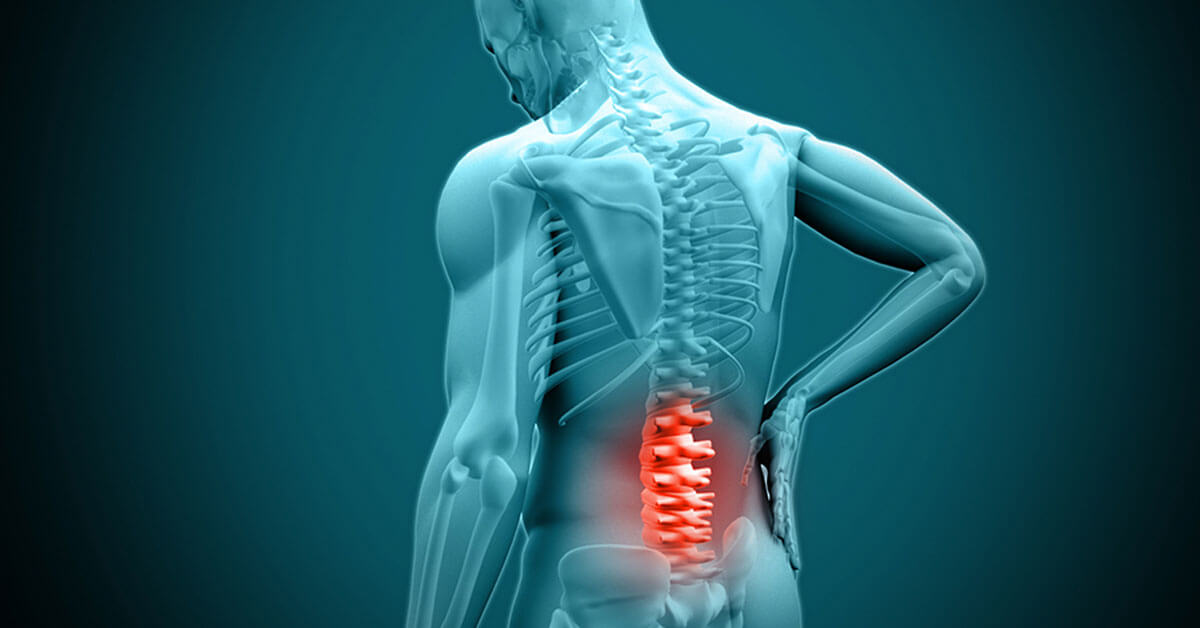Overview
A migraine is a headache that can cause severe throbbing pain or a pulsing sensation, usually on one side of the head. It’s often accompanied by nausea, vomiting, and extreme sensitivity to light and sound. Migraine attacks can last for hours to days, and the pain can be so severe that it interferes with your daily activities.
Migraine symptoms
Migraine symptoms may begin 1 to 2 days before the headache itself. This is known as the prodrome stage. Symptoms during this stage can include:
- food cravings
- depression
- fatigue or low energy
- frequent yawning
- hyperactivity
- irritability
- neck stiffness
Migraine can’t be cured, but your doctor can help you manage migraine attacks by giving you the tools to treat symptoms when they occur, which may lead to fewer attacks in general. Treatment can also help make migraine less severe.
More than just the cause of “really bad headaches,” migraine is a neurological condition that can cause multiple symptoms. While intense, debilitating headaches frequently characterize it, additional symptoms may include:
- nausea
- vomiting
- difficulty speaking
- numbness or tingling
- sensitivity to light and sound
Migraines are different in everyone. In many people, they happen in stages. These stages may include:
Prodrome
Hours or days before a headache, about 60% of people who have migraines notice symptoms like:
- Being sensitive to light, sound, or smell
- Fatigue
- Food cravings or lack of appetite
- Mood changes
- Severe thirst
- Bloating
- Constipation or diarrhea
Aura
These symptoms stem from your nervous system and often involve your vision. They usually start gradually, over a 5- to 20-minute period, and last less than an hour. You may:
- See black dots, wavy lines, flashes of light, or things that aren’t there (hallucinations)
- Have tunnel vision
- Not be able to see at all
- Have tingling or numbness on one side of your body
- Not be able to speak clearly
- Have a heavy feeling in your arms and legs
- Have ringing in your ears
- Notice changes in smell, taste, or touch
Attack
A migraine headache often begins as a dull ache and grows into throbbing pain. It usually gets worse during physical activity. The pain can move from one side of your head to the other, can be in the front of your head, or can feel like it’s affecting your entire head.
About 80% of people have nausea along with a headache, and about half vomit. You may also be pale and clammy or feel faint.
Most migraine headaches last about 4 hours, but severe ones can go for more than 3 days. It’s common to get two to four headaches per month. Some people may get migraine headaches every few days, while others get them once or twice a year.
Postdrome
This stage can last up to a day after a headache. Symptoms include:
- Feeling tired, wiped out, or cranky
- Feeling unusually refreshed or happy
- Muscle pain or weakness
- Food cravings or lack of appetite




